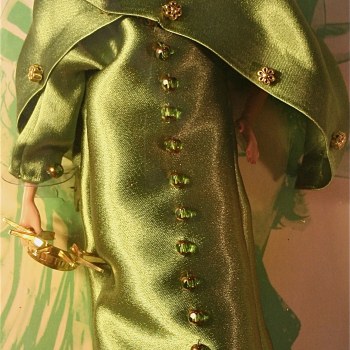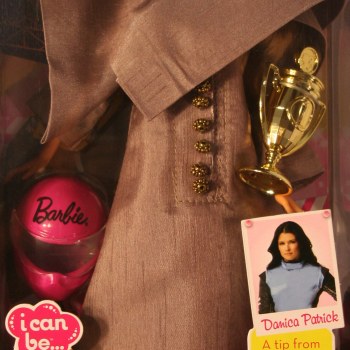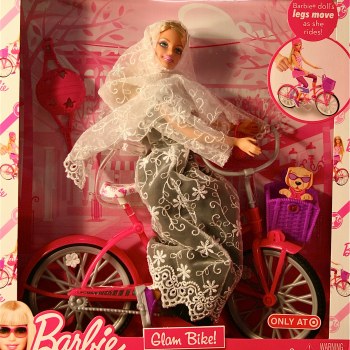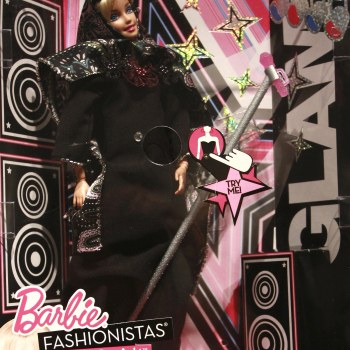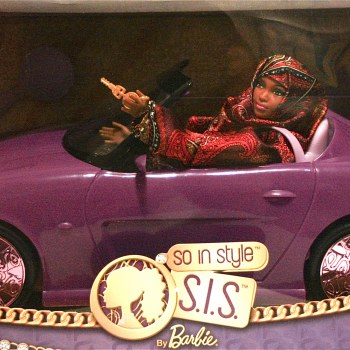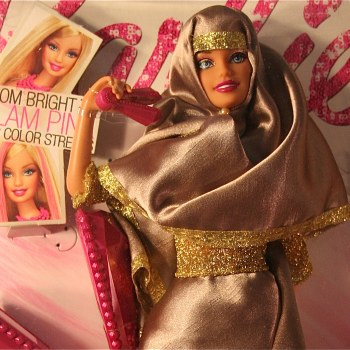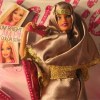pallavi.govindnathan
Primary tabs
Artwork
Personal Information
- Full Name
- Pallavi Govindnathan
- Artist Bio
Pallavi Govindnathan was born in New Delhi, India, but was raised in Bangkok, Thailand, and eventually moved to the United States for her undergraduate studies in 1999 at the Savannah College of Art and Design, in Savannah, GA. She acquired her Post- Baccalaureate certificate in Painting in 2009, and an MFA degree in Painting and New Genres from the San Francisco Art Institute in May of 2012. Residing between Asia and America, she focuses her work around cultural and social concerns and crimes that violate human rights, concentrating mainly on women’s rights. Pallavi is currently applying for a PhD in Gender Studies and Visual Culture titling her writing, “ The Impact of Religion and Media Art’s Construction of Ethnic and Social Stereotyping on Our Youth”. Pallavi has exhibited her works in Bangkok, Thailand, New Delhi, India, Lahore, Pakistan, Los Angeles, California, Savannah, Georgia, Atlanta, Georgia, New York City, New York, and San Francisco, California. She currently resides between Atlanta, GA and New Delhi, India with her husband, fellow artist and professor at SCAD, Atlanta, Chris Revelle and works full time as a practicing artist and writer.
- Artist Statement
The iconic American Barbie doll has gone through several transformations since her release in March 1959 by American businesswoman Ruth Handler, from beauty divas to the current trendy line for children called I Can Be..Barbie. However between all these years the image that stirred the most controversy was upon the release of the 500- limited edition Burkha Barbie dolls in November of 2009 in England at a Sotheby’s auction, sponsored as charity for children. The controversy heightened as the ban on the full body veil in France was being discussed and implemented, leading to parents of millions of girls globally addressing the garb as being a moral appearance of modesty and cultural diversity for many, whereas for others being a doubly subjugated image of an unattainable body further oppressed by the Muslim veil.
The Muslim veil today has raised a length of questions and concerns in both the East and the West. Western influence and impositions are questioned globally in means of readdressing what are ancient cultures and traditions and what needs to be maintained and what needs to be readdressed. Are Eastern traditions being monopolized by Eurocentric views? The issue of the veil however, today, is not only addressed through women’s choices over the veil, but through dolls as well. Toys that we as children grow up playing with, construct our manner of thinking regarding what is correct and acceptable and what is incorrect and un- acceptable.
The Barbie is a revolutionary doll in the face of a multi- million dollar corporation, and being one of the most heavily purchased doll in the world starring as a cultural icon of not only America but of India, China amongst various other countries. The question arises, where does this controversy lead our children? Does religious and cultural propaganda and ethnically stereotyped discrimination burden children and families or assist in forming opinions of diversity and global history? As a South Asian feminist artist, emerging from a patriarchal society, the issue deems of vital discussion. The series analyzes and deconstructs the issue from the perspective of the role that art plays in attempting to provide audiences with alternate views of cultural and ethnic stereotyping and its affects on children and families globally.
These learned and trained traits/ values that are taught to children through toys have become highly debated. Are these trained values; one promising to provide ample freedom but subjects the feminine body to the subjugation of the male gaze and desire, whereas the other, vows for girls to retain their modesty equally subject girls to fit the norm defined by patriarchy? As an artist, I hope for the Barbie Revolution series to raise questions on the diversity of culture, and what are the advantages and disadvantages of the diversity of commodification of a toy such as the Barbie doll? Is there any agency involved in these representations of the American Barbie doll and the Muslim veil, and what new questions arise when these two elements are juxtaposed together?
History
- Member for
- 13 years 5 months

